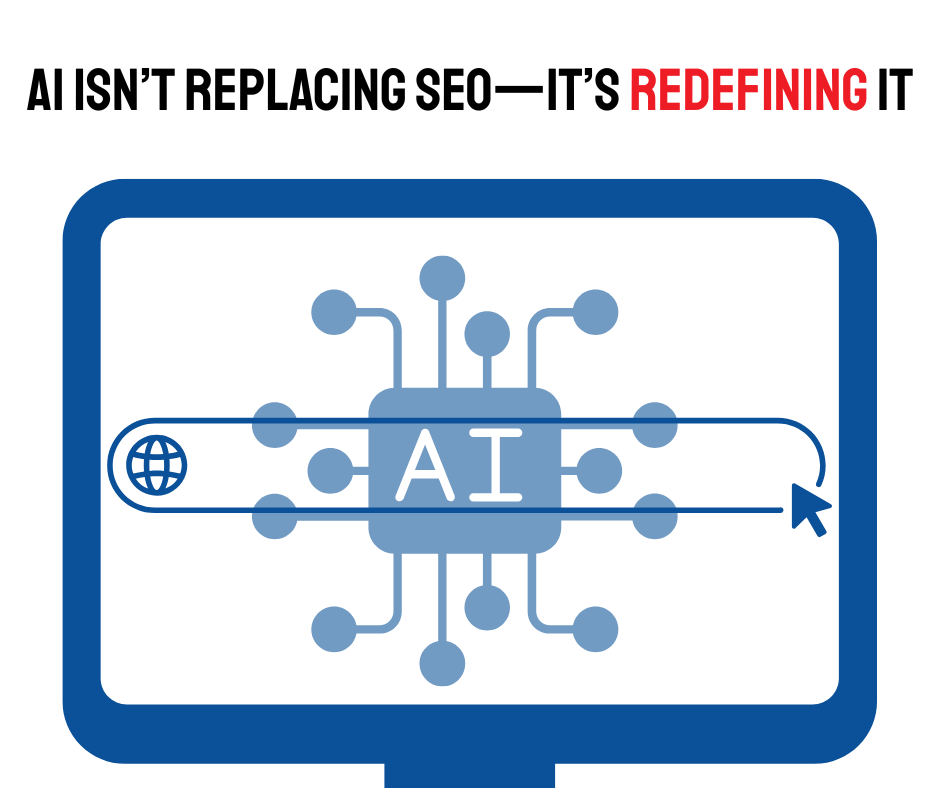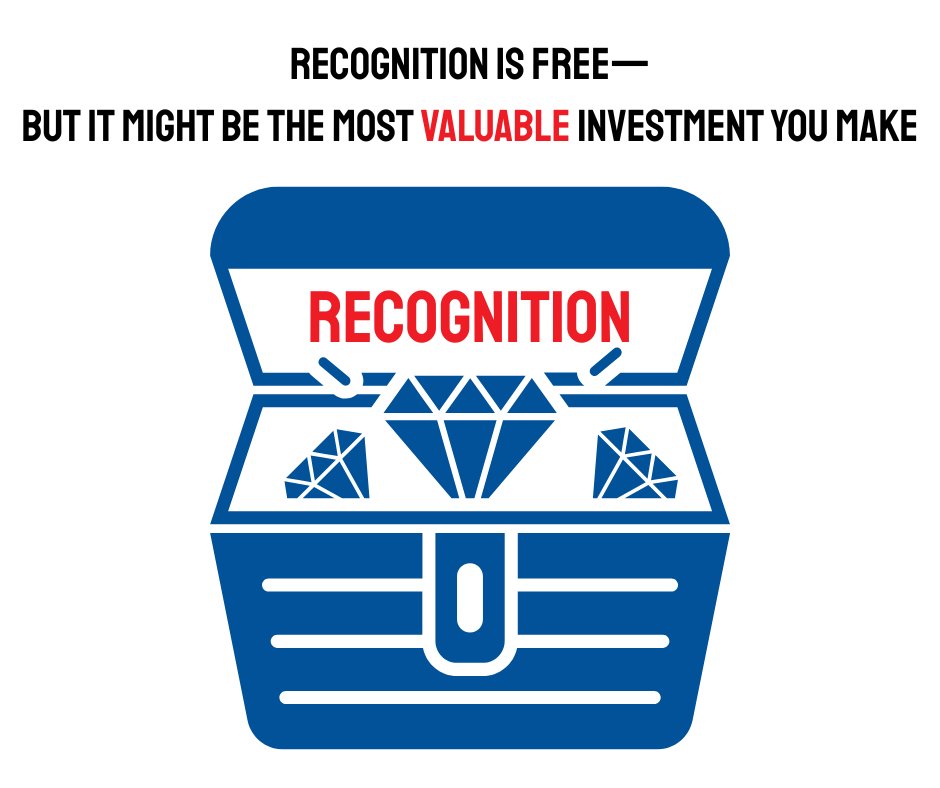518 Shawnee St. Leavenworth, KS 66048
How Small Businesses Can Score Big Media Wins
Public relations (PR) is just for big companies with tons of connections and celebrity endorsements, right? It can feel like a luxury for those of us with small businesses. Hiring a dedicated PR firm is often financially out of reach. But who has the time to learn the ropes of good PR while juggling everything else? It takes years or deep wallets to make those kinds of connections, doesn’t it?
Not exactly.
You don't need a fancy PR background or a hefty budget to generate buzz. With a little creativity and the internet, you can score big media wins.
Mastering PR Fundamentals
Before diving into tactics, let's make sure you’re not wasting your time. There are a couple of fundamentals you’ll want to have down first.
- Define Your Story: What makes your business unique—I mean really unique? (And no, good customer service is not a unique value proposition.) What problem do you solve better (or differently) than anyone else? Identify your key messages and craft a compelling narrative that resonates with your target audience. (And, oh, you have to define your target audience too—and it’s not everybody. See below.)
- Know Your Audience: Who are you trying to reach? What media outlets do they consume? Understanding your audience is crucial for targeting your PR efforts effectively. If you are trying to target women under 25, they’re not reading the paper version of the Wall Street Journal, for instance. Don’t waste your time pitching them.
- Set Realistic Goals: What do you hope to achieve with PR? Increased brand awareness or likability? Website traffic? Leads? Defining your goals will help you measure success.
Generating Buzz on a Budget
Now, let's explore some cost-effective PR strategies that don’t require a public relations degree:
Harness the Power of Social Media
Build a strong presence on platforms relevant to your audience. Share engaging content, interact with followers, and participate in industry conversations. Remember, PR firms are successful because they know it’s a long game of building relationships. Use social media to connect and build relations with your ideal audience and people who work with them (like influencers, media, etc.)
Craft Killer Press Releases
Learn the art of writing concise, informative press releases that highlight newsworthy events, product launches, or company milestones. Don’t assume every press release has to be about a big event like an opening. There is a lot of need for feel-good stories these days. You can pitch these community connection pieces as long as you do your research to understand who is interested in them.
Build Relationships with Local Media
Connect with journalists and editors at local newspapers, magazines, radio stations, and blogs. Offer them exclusive stories or expert commentary related to your industry.
Leverage Online PR Platforms
Explore free or affordable online platforms like Help a Reporter Out (HARO) to connect with journalists seeking sources for their stories. This time of year, many news sources are doing stories on local business owners and the shop small movement. Getting featured can have a big impact on top-of-mind attention.
Become a Guest Blogger
Offer to write informative and engaging articles for relevant blogs and websites to reach a wider audience and establish yourself as an industry expert. Check with the chamber. They may have content needs.
Host Events and Workshops
Organize free events or workshops related to your business. This can attract local media attention and position you as a valuable resource in the community. If you do this, make sure your chamber knows as well so it can help you get the word out.
Partner with Other Businesses
Collaborate with complementary businesses on joint promotions or events to expand your reach and tap into new customer bases.
Don't Underestimate the Power of Referrals
Encourage satisfied customers to spread the word by offering incentives or running referral programs.
Building Media Relationships
Making media contacts doesn't have to be daunting. Here are some tips:
- Start Local: Focus on building relationships with local media outlets first. They are often more accessible and eager to cover local businesses.
- Do Your Research: Identify journalists and editors who cover your industry or area of expertise. Follow them on social media and familiarize yourself with their work.
- Personalize Your Pitch: Tailor your pitch to each journalist, highlighting why your story is relevant to their audience. Keep it concise and to the point.
- Be Persistent (But Not Annoying): Follow up on your pitches, but don't bombard journalists with emails. Respect their time and be mindful of deadlines.
- Build Relationships, Not Just Contacts: Engage with journalists on social media, offer helpful information, and be a valuable resource. Building genuine relationships will pay off in the long run.
Effective PR doesn't require a big budget or a PR degree. Social media has made connecting easier than ever. You just have to be clear on your story and who it’s speaking to. By doing so, you can generate significant media attention and elevate your business to new heights.
---------
Christina Metcalf is a writer and women’s speaker who believes in the power of story. She works with small businesses, chambers of commerce, and business professionals who want to make an impression and grow a loyal customer/member base. She is the author of The Glinda Principle, rediscovering the magic within.
_______________________________________
Medium: @christinametcalf
Facebook: @tellyourstorygetemtalking
Instagram: @christinametcalfauthor
LinkedIn: @christinagsmith



Leavenworth-Lansing Chamber of Commerce . All Rights Reserved

